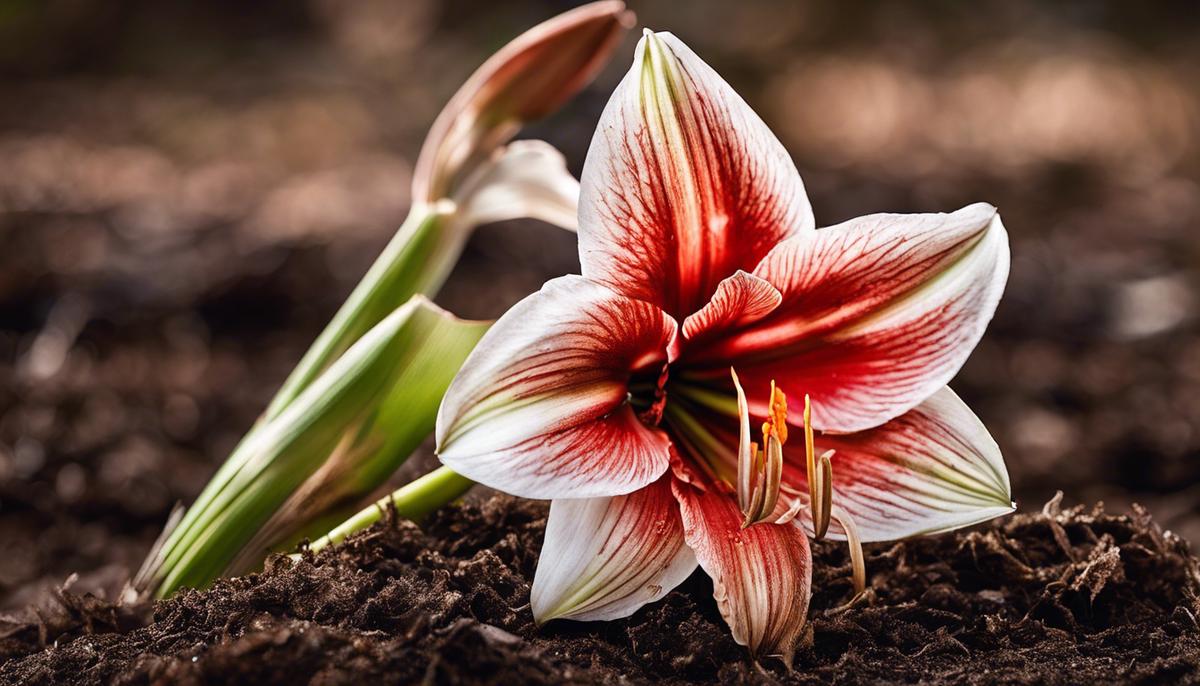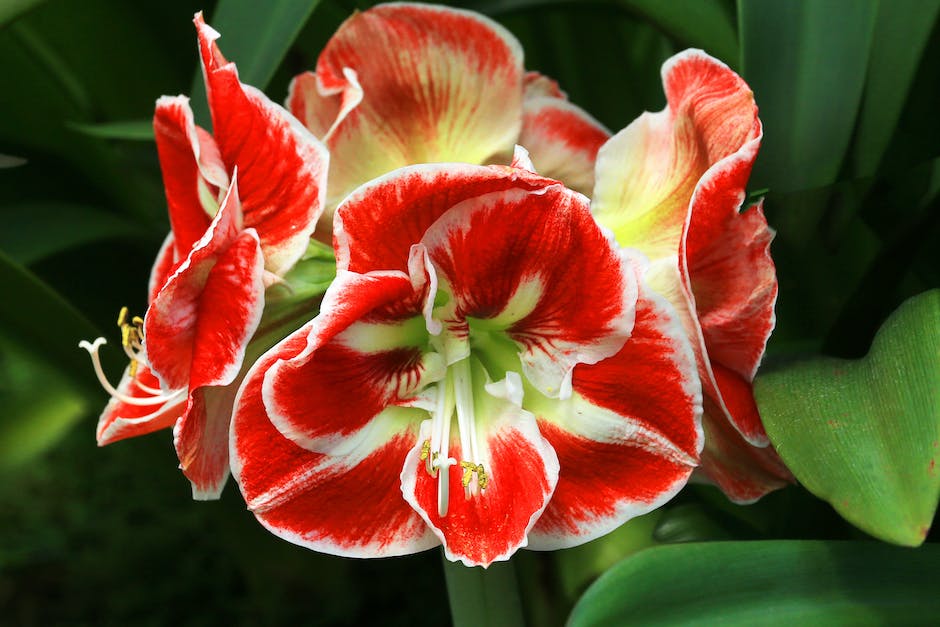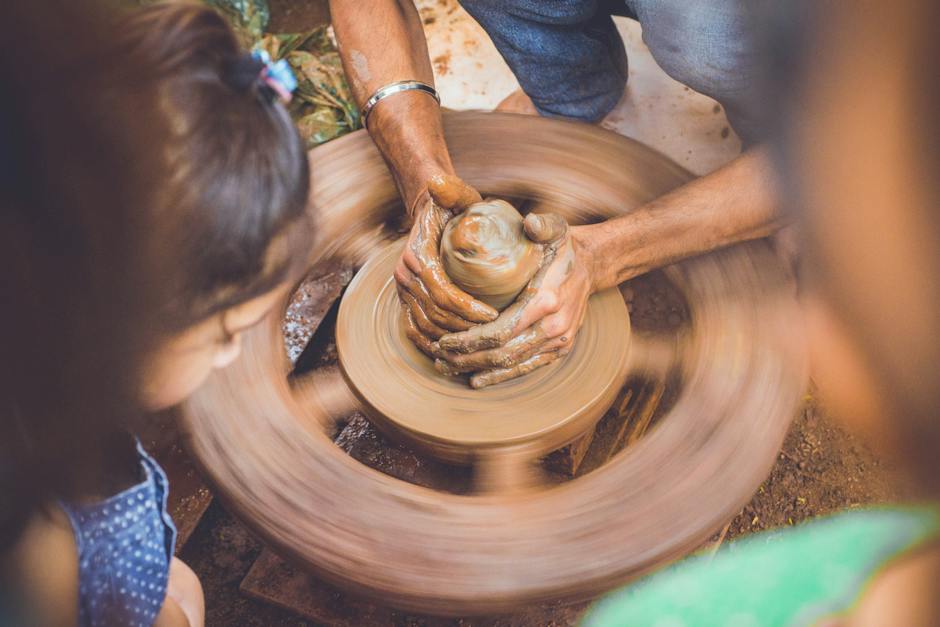Revive Your Amaryllis: Bloom Again Guide

A pervasive symbol of the holiday season, the amaryllis presents us with its stunning scarlet display. Their fiery blooms rarely fail to inspire awe, making it a beloved fixture in many homes during winter. This essay steps you through the different stages of how to ensure your precious amaryllis blooms again, providing essential insight into the dormant cycle and how to coax the plant back into its breathtaking bloom. Understanding the amaryllis dormancy period is an essential first step. We delve into how impactful factors like light and temperature help to initiate this rest period, and why this dormancy is a critical precursor to future flowers.
Understanding Amaryllis Dormancy
The Essential Guide to Amaryllis Dormancy: The Secret to Sumptuous Blooms
The joy and beauty of growing amaryllis are hard to equal. These exotic blossoms, with their astonishing size and range of colors, never cease to captivate enthusiasts, beginners, and experts alike. This article will shed light on an integral part of amaryllis care that often leaves hobbyists perplexed—dormancy.
So, what’s the big deal about amaryllis dormancy? Understanding and properly handling this resting phase is the absolute key to getting those gorgeous, vibrant blooms each year. This dormancy period is actually a restorative phase for the bulb during which it revives its energy reserves for the next growing season. Without this vital rest, the amaryllis plant can become weak and won’t flower to the best of its potential.
The question then arises, how does one initiate the dormancy phase of an amaryllis bulb? The good news—it’s not rocket science! It just takes a bit of observation, patience, and steps that mimic nature’s rhythm.
To initiate dormancy, it’s essential to reduce the watering frequency as summer ends. Around late August or early September, begin easing off on the watering. This signals the plant that it’s time for a rest, similar to how it would naturally experience drier conditions in its native habitat.
As leaves start to yellow and wilt, which is expected, don’t rush to remove them. Those yellows and wilted leaves contribute to the next growth cycle by photosynthesizing and sending energy back to the bulb. However, once the leaves turn brown, they can be pruned off as they are no longer beneficial at this stage.
During this process, the bulb must be kept in a cooler, darker place that imitates the natural environment it would have in the wild during dormancy. A temperature of around 50-60 °F hits the sweet spot. Basement, garage, or even a cooler, dark corner in the house would suffice.
The dormancy period should last roughly 8-10 weeks for optimal results. For those who wish to have a stunning Christmas bloom, this would mean starting dormancy late August or early September. Adjust accordingly, depending on when the blooming is desired.
After the dormancy period ends, bring the amaryllis bulb back to a warm, brightly-lit spot, and return to regular watering, prompting the bulb to awaken and start the new growth cycle.
In the world of amaryllis cultivation, understanding and correctly instigating dormancy conjures the magic that turns an ordinary plant into a marvelous floral spectacle. It could be considered an art, a dance of sorts with nature’s beats. Here’s to a wall of vibrant, deliciously seductive amaryllis next season, illuminated by the shared knowledge passed from one passionate hobbyist to another. Happy gardening!

Proper Care During Dormancy
Understanding amaryllis dormancy thoroughly is indeed the cornerstone to vibrant blooms and successful cultivation, but there’s more to learn about this fine art. Having already touched base with the initiation of dormancy through reduced watering and the encouraging sign of yellowing or wilted leaves before pruning, let’s delve a little deeper into how to care for your amaryllis during its time of rest.
To optimize such care-taking during the dormancy period, it’s crucial to ease up on the watering, but not completely. A common misconception is that amaryllis bulbs require absolutely no water during this lull, when in reality, this phase could quickly turn into a death sentence if practiced. Instead, it’s best to provide the bulb with a little splash approximately once a month to keep its roots from completely drying out.
As for fertilizing, there’s no need during the dormancy period. During this time, the bulb is busy at work internally. Too much extra stimulation could cause undue stress or even damage. So, give your watering can a break during this phase, fertilizing will resume once the bulb breaks dormancy.
And let’s talk about temperature. It is key in this process. We’re looking for a cool, but not cold environment. The sweet spot temperature range is between 50°F-60°F. Ventures above or below this zone can confuse the bulb and either prolong the dormancy period unnecessarily or break the dormancy prematurely.
Lastly, patience is indeed a virtue when it comes to amaryllis dormant period care. A dormancy period that’s prematurely cut short could lead to weak blossoms or none at all. Allowing the bulb to complete its full dormancy, typically between 8-10 weeks, can greatly improve the strength and vibrancy of the bloom. Don’t rush this process – your amaryllis will thank you for it!
In the curious, but satisfying, world of amaryllis cultivation, embracing and understanding the dormancy period makes for robust, beautiful blooms. Here’s to a bountiful bloom season ahead!

Encouraging Amaryllis Reblooming
Having understood the importance of dormancy and the correct procedures to follow, there are several other steps to take into consideration to facilitate another flourishing bloom phase in your amaryllis. It’s similar to a new lease on life for your plant, triggering a mechanism that reminisces nature’s cycle of blooming and dormancy. Let’s not wait any longer and dive in to these steps!
A vital phase following the dormancy period is the rehydration process. Once you’ve successfully initiated the waking period, carefully start watering. The goal is to gradually reintroduce moisture, not to inundate the bulb instantly. This will avoid shocking the plant and will help maintain the health of the roots while they begin their active growing phase. Keep in mind that patience is key; excess water can lead to bulb rot, an unfortunate fate you’d definitely want to avoid.
Similarly, it’s crucial to promote healthy growth by boosting your amaryllis with a high phosphorous fertilizer. This will satisfy the plant’s higher nutrient demand in its wake-up phase, and significantly aid in bulb growth and flowering.
Next, position your plant wisely. Remember that an amaryllis thrives in a brightly-lit location, ideally with morning sun and afternoon shade. This shields the plant from the harsh afternoon sun. A perfect balance of light and shade can greatly influence the overall health of your plant aiding in a vibrant bloom.
Once the amaryllis is settled in its new spot and beginning to show signs of growth, monitor the moisture and light levels closely. Make adjustments as necessary. If all conditions are met and properly maintained, before you know it, your amaryllis should be starting its life cycle anew.
Finally, bear in mind that not all bulbs re-bloom exactly one year after their previous bloom. There might be considerable variation in the timing of subsequent blooms. Don’t get disheartened if your amaryllis is taking a little longer than you anticipated. Rest assured, follow these steps, nurture your plant with due diligence, and you can safely bet on a spectacular show of blooms when the time comes.
Walking through these steps provides a holistic view of the life cycle of an amaryllis. Encouraging an amaryllis to bloom again becomes a delightful challenge, the reward of which is experienced in the vibrant blooms and the genuine mastering of your amaryllis cultivation skills. Carve out this rewarding journey with your amaryllis that embodies both beauty and resilience. The joy in this hobby is evident in these cycles of natural growth and regeneration, truly allowing it to bloom again. With every cycle, you learn a little more about your plant and a little more about yourself. Here’s to more happiness and vibrant blooms!

By following the steps outlined in this guide, you will not only assist your amaryllis through its dormancy but also learn how to entice it into blooming once more. Delving into specific care criteria during dormancy, like appropriate watering and optimal temperature levels, coupled with understanding nutrient needs and the right conditions to nudge it into reblooming, sets you on the fast track to enjoying the flamboyant display that only an amaryllis can provide. Here’s to another cycle of beauty and bloom in your amaryllis plant!



